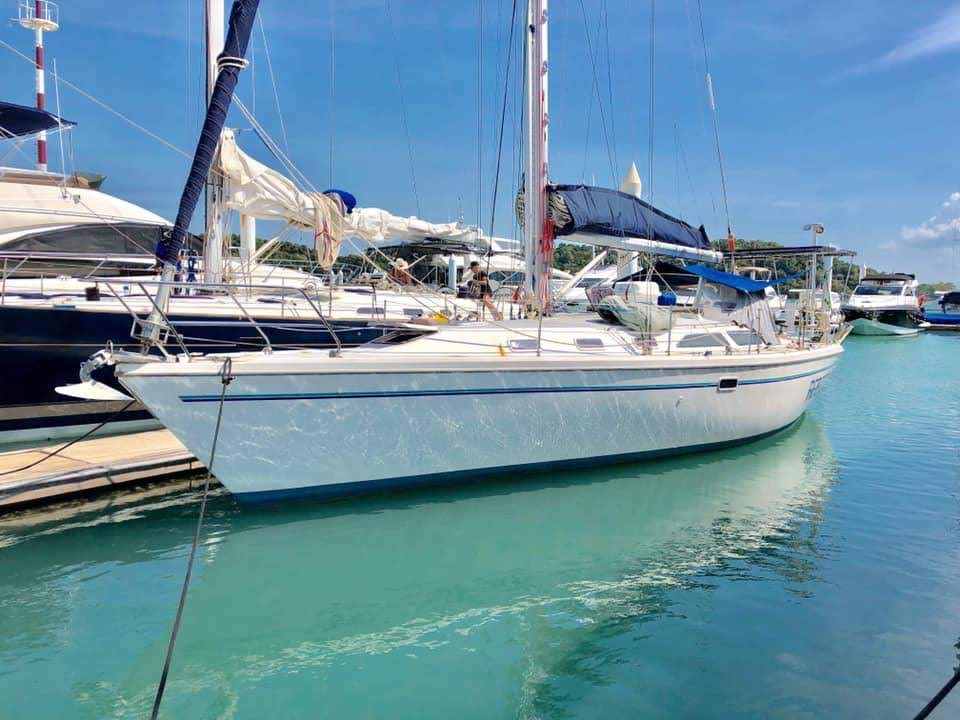 |
| Actisense NGW-1 |
When the National Marine Electronics Association (NMEA) created NMEA 2000 (based on the CAN Bus standard for motor vehicles with special "sentences" for marine use) they agreed that manufactures could bridge NMEA 0183 data onto a NMEA 2000 bus, but would (note that they could, they chose not to) not bridge NMEA 2000 data onto the NMEA 0183 bus. Their motivation, IMHO, was to get people to rip out their NMEA 0183 networks and replace them with NMEA 2000 networks. Since marine electronics are one of the most expensive components on a boat we all knew this wasn't going to happen.
Being naive at the time when I replaced my wind vane instead of keeping it as NMEA 0183 I purchased a NMEA 2000 version. As a result the Raymarine autopilot no longer got wind data and therefore could not steer a constant course to the wind. Sailing at a constant wind angle is the essence of open ocean sailing so this was quite the drawback. After putting up with this limitation for a couple of years I finally decided to invest in a NMEA 0183 to NMEA 2000 bridge. I selected the Actisense.
Perhaps my first surprise was that the device is much bigger than expected. It is in a robust housing. The cables are good quality and the entire device appealed to my engineering background. The instruction manual seems very brief but in fact is exceptionally clear. Big pictures explain "this wire goes here" Installation was easy, I disconnected the NMEA 0183 wires from the autopilot computer, attach the NGW-1 wires; add a "T" to the NMEA 2000 network and pluged the cable into the NMEA 2000 bus. It worked as advertised on the first try. (Actually installation was a pain in the neck - but that was all about the physical location of the wiring and the contortions my 6'6" body needed to accomplish to install the device!)
Checking the autopilot display at the helm confirmed that the additional NMEA 2000 sentences were being translated through the device. Too bad Garmin (and Raymarine, and B&G, and Lowrance, etc.) are not customer oriented enough to include these software bridges in their multifunction displays. Kudos to Actisense.
The one drawback of the NGW-1 is that to upgrade the firmware one needs to uninstall the device so that it can be hooked up to a computer via a serial port. It would be great if Actisense would merge the NMEA 0183 to NMEA 2000 device with their USB device so that upgrading would only require plugging in the USB cable. Perhaps they will send me a prototype for free! (Not holding my breath LOL.)
Fair winds and following seas :)


Hi Roger,
ReplyDeleteMany thanks for your positive review of the NGW-1. It is worth noting that when the NGW Configuration Tool becomes available, you will be able to upgrade/change the firmware in the NGW-1 over the NMEA 2000 network. Therefore this completely eliminates the requirement to uninstall your NGW-1 for a firmware change/upgrade.
Unfortunately, all our resources are currently tied up with higher priority projects so I am unable to say exactly when the NGW Configuration Tool will be available. We expect it to be later this year.
Happy sailing!